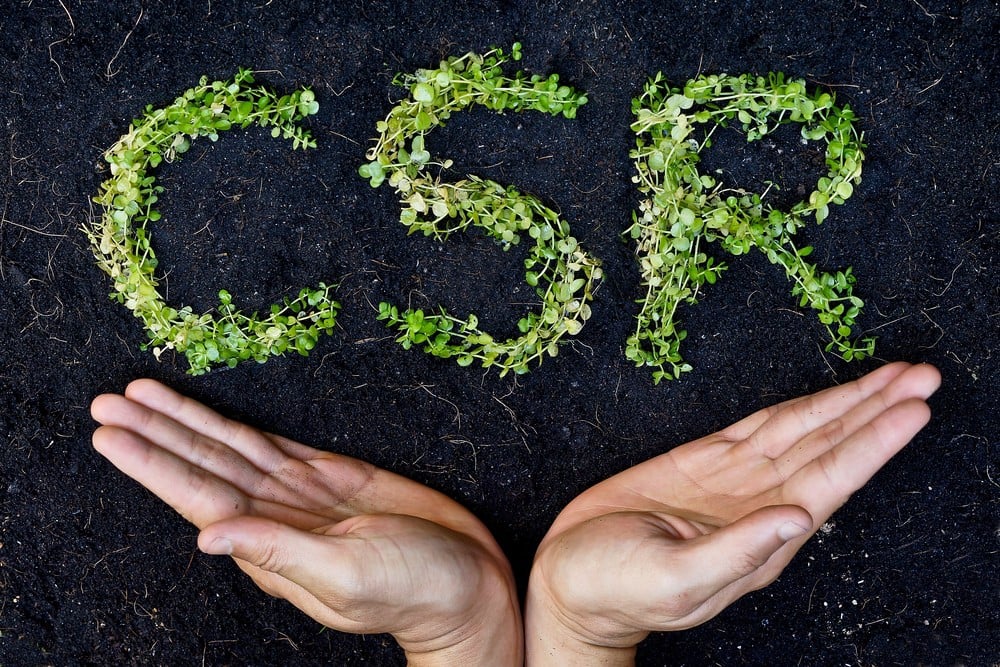
80% of the world’s 250 largest companies actively issue Corporate Social Responsibility (CSR) reports on their efforts toward sustainability. We’ve come a long way since companies first started to apply very early forms of CSR in the 1910s. So how did we get to where we are and how has CSR evolved over the years?
Depending on whom you ask, Howard Bowen is widely regarded as the father of modern CSR. An American economist, he’s been credited with coining the term “Corporate social responsibility”. In his landmark book “Social Responsibilities of the Businessman” in 1953, he writes, “CSR refers to the obligations of businessmen to pursue those policies… which are desirable in terms of the objectives and values of our society” This has become the backbone by which modern CSR principles are based.
1940s
But even before Bowen, the seeds of CSR were starting to be sown. In the 1940s, with the fallout of World War II, companies like Hormel, known for producing Spam, did their part for social good by working closely with the government through the Lend-Lease program, which provided much-needed food supplies for those affected by the war.
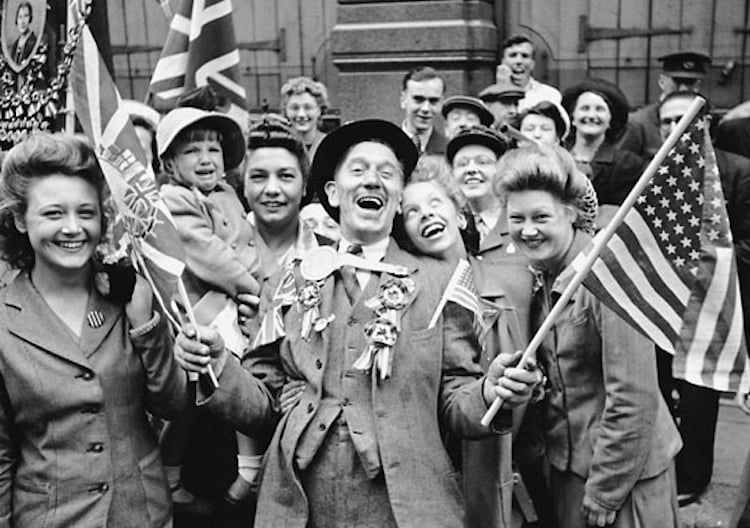
Watch our 5-Minute History of CSR video below
1950s
With the end of World War II, the 1950s brought a much different conflict to our doorstep: the Cold War. Against the backdrop of the ongoing struggle of two opposing ideologies, CSR evolved into a form more familiar to what we see today.
Still, with the Red Scare running rampant, corporate America was urged to expand business social responsibility as a means of aligning business interests with the defense of free-market capitalism.
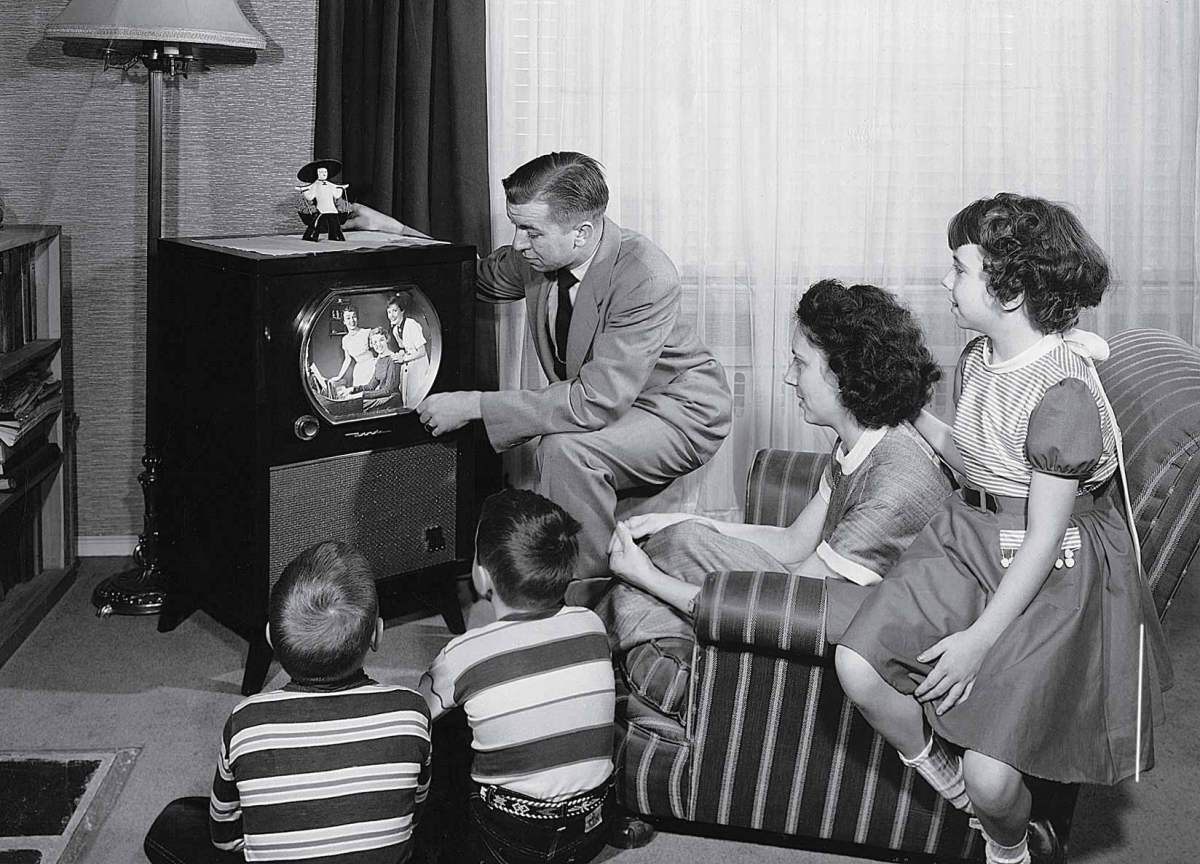
1960s
As we approached the turn of the decade, the Civil Rights Movement captured the zeitgeist of the 1960s. As unrest reached a boiling point, developing a common social good became more important than ever. Corporations took unprecedented social stances in response.
In Atlanta in 1964, social conservatives refused to support an integrated dinner honoring Nobel Peace Prize winner Dr. Martin Luther King Jr. Coca-Cola, put its foot down and forever changed Atlanta's history.
CEO J. Paul Austin, who had seen first-hand how apartheid hurt the economy in South Africa, threatened to take his company out of Atlanta if the city's elite did not honor Dr. King for his Nobel Prize.
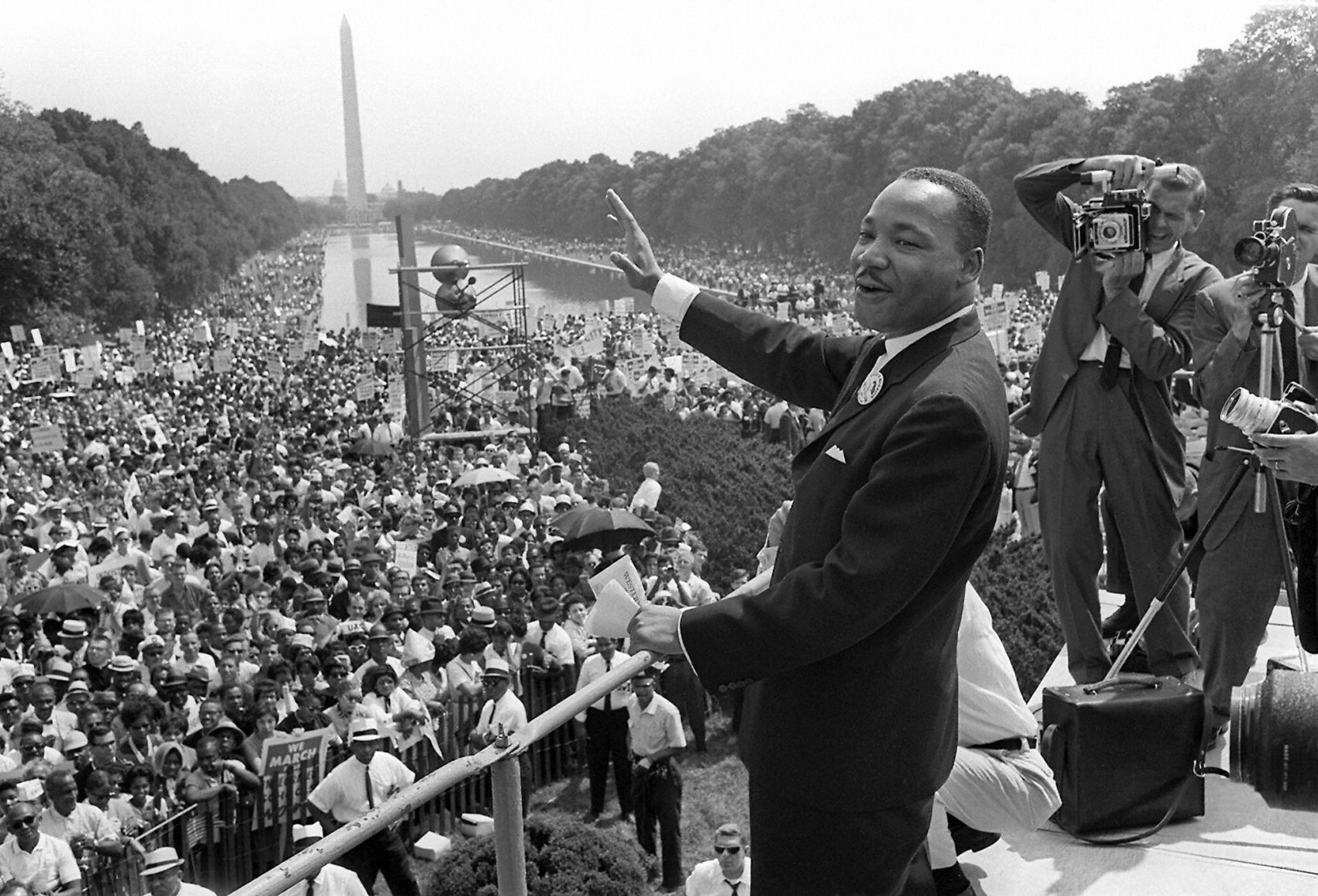
1980s
By the 1980s, government policy became a driving force in shaping CSR strategy. President Ronald Reagan’s belief in small government put social responsibility squarely back onto corporate America’s shoulders, and many responded in kind.
In 1982, Film legend and entrepreneur Paul Newman started, “Newman’s Own”, a line of food products. All of the company’s after-tax profits were donated to educational and charitable organizations. It was the first of its kind to offer consumers the ability to actively participate in a company’s philanthropic pursuits through their products.
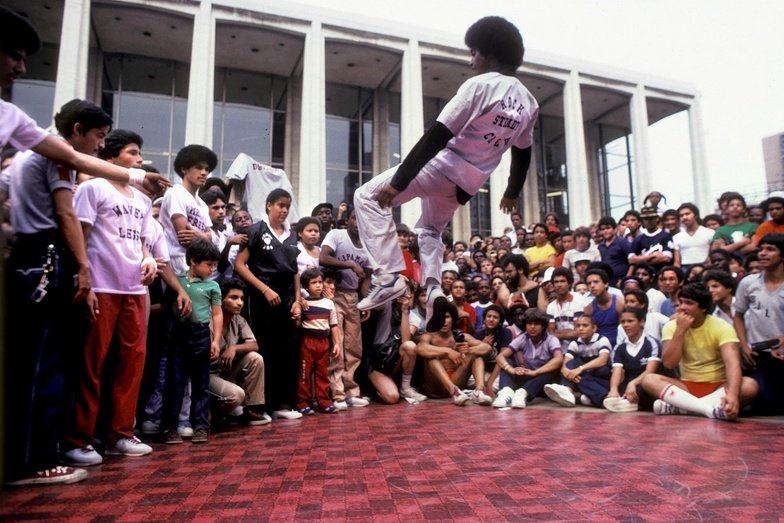
1990s-2000s
The 90s and 2000s ushered in a brave, new world. It was the start of the digital age, and with it, came greater awareness of global issues, from poor labor practices in China, to human rights violations in Africa. And, sadly by September 11, 2001, terrorism.
In response to these now global issues, President George HW Bush spearheaded a grassroots movement that brought volunteerism to the mainstream with his founding of the Points of Light, a volunteering program that mobilizes people to take action on the causes they care about through innovative programs, events, and campaigns.
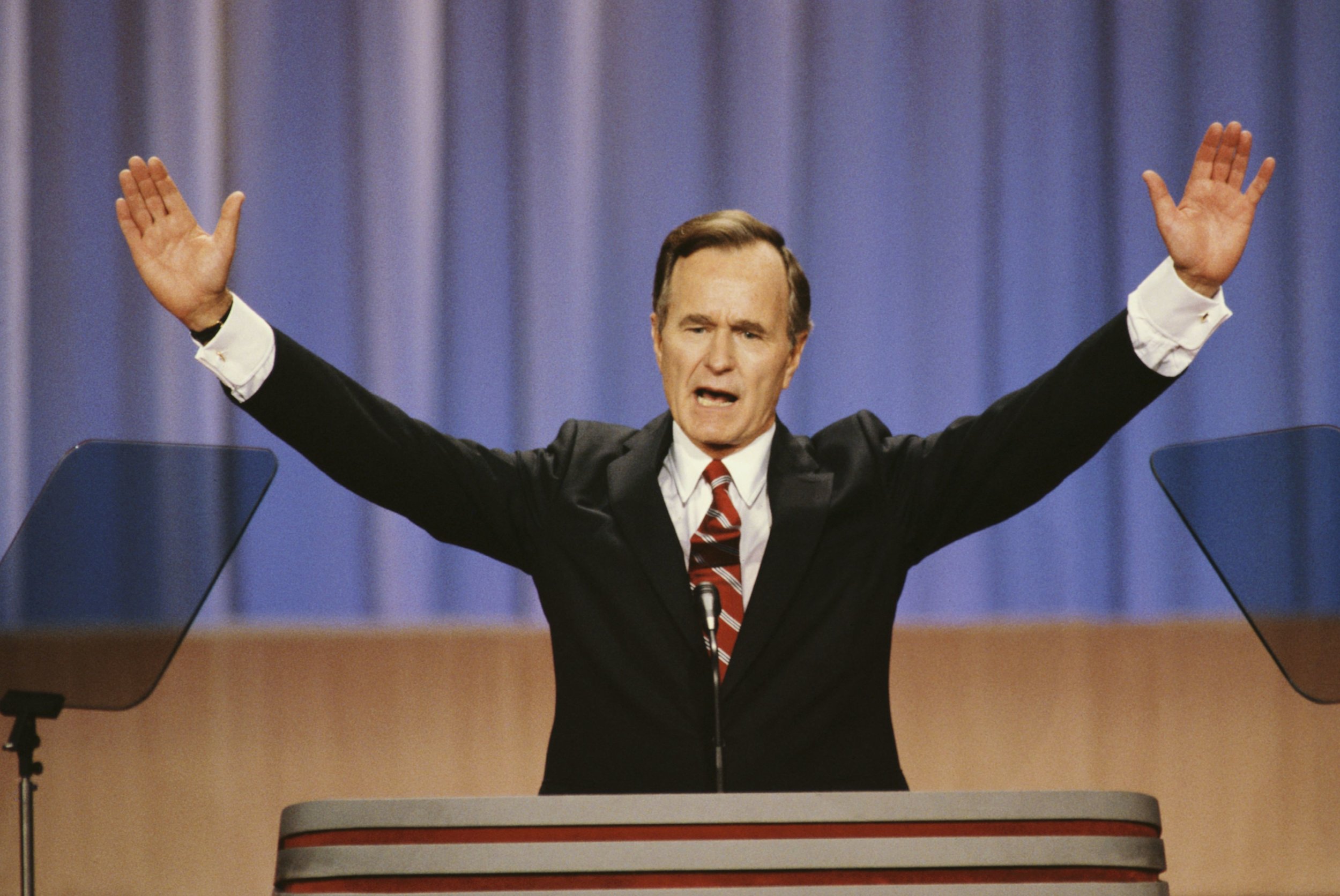
2010s
As we enter the final stages of the 2010s, CSR has seemingly pivoted yet again with sustainability taking center stage. Climate change and the environment has become a defining issue, and it’s spurred the development of innovative new approaches to CSR strategy. The UN’s Sustainability Development Goals (SDGs), provide organizations with a standard framework they can adopt to build CSR programs around.
Ikea, who adopted the UN SDGs, has invested $2 billion in renewable energy projects. It intends to rely 100% on renewable energy by 2020.

So what’s next? Well, none of us can predict the future. That said, it’s hard to look past the groundwork that the UN SDGs have laid out for CSR. As more and more companies adopt the framework, look for the SDGs to become the standard by which most, if not all CSR programs are built off.
In the end, it’s all about collective action, and having a roadmap that we can all buy into will set us up for a brighter future.
Learn more about how you can fully integrate the UN SDGs into your CSR program with SmartSimple Cloud